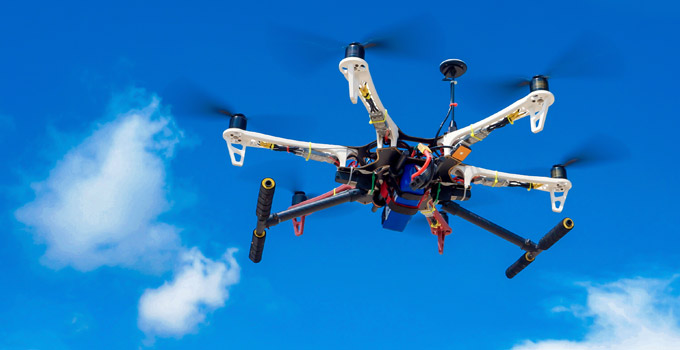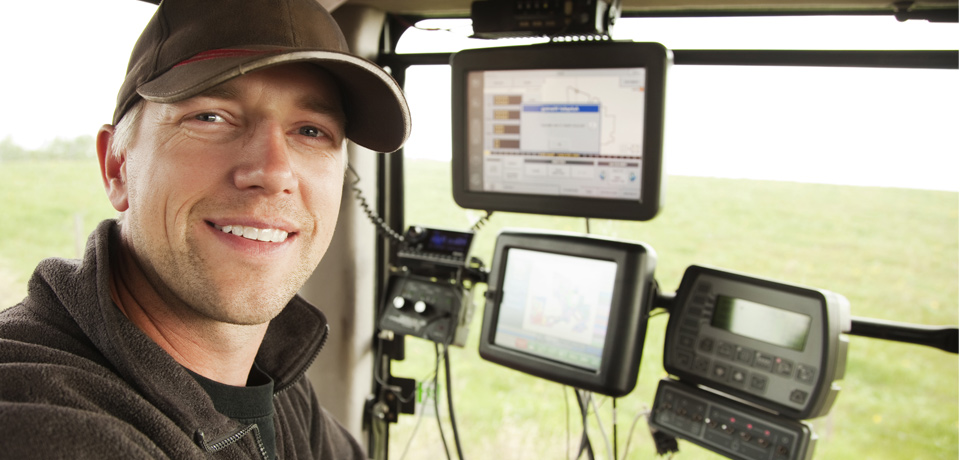Precision agriculture isn’t just technology, it’s a farm management philosophy.
An emerging addition to that philosophy is big data: capturing information from in the field and turning it into knowledge that informs your business. For growers, that should mean accelerated decision-making, providing greater control of on-farm variables from crop nutrition to variety selection.
“With technology companies and major farm manufacturers making investments in data collection, we know big data will play a role in agriculture’s future,” said Patrick Bergermann, Director, Crop Supplies with Federated Co-operatives Limited. “Exactly how farmers will interpret that information and what on-farm results they will experience remains to be seen, but it’s important growers know what’s possible.”
The Co-operative Retailing System (CRS), in partnership with MNP, Scotiabank and The Western Producer, recently hosted a forum on big data at Crop Production Week in Saskatoon. During the event, industry experts and producers weighed in on the benefits and challenges of big data and the advancements in precision farming technology.

Challenges to adoption
As precision technology becomes more advanced, Brian Beveridge, a partner with MNP, believes that data will become a very important “harvest” for farmers.
New technology will help growers collect and accumulate key information, including historical harvest maps and detailed soil nitrate and weather data. With analytical tools, growers will be able to visualize and analyze that information and better plan ahead, he told the forum. The advancements will enable growers to make informed adjustments during the growing season based on weather and crop conditions.
While there was agreement at the forum that the trend towards big data will continue, growers will be challenged to convert this data into usable and profitable information.
Current systems provide a good view of the past but are not predictive. As well, the information often requires expert interpretation, and is not integrated with an overall management system that includes external data, such as economic forecasts and indicators.
What’s in store?
“Nothing is stemming the tide. Everything is getting bigger,” Dr. Scott Shearer, a professor at Ohio State University specializing in precision crop production systems, told the forum.
“If you can measure it, you can manage it. If you can’t measure it, you can’t manage it.”
According to Shearer, farmers are no longer limited by technology, only their imagination and how they can derive income from it. While already available, Dr. Shearer believes remote imagery is a technology underutilized by farmers.
Looking to the future, precision agriculture will evolve at rapid rate, he said. Autonomous machinery will become the norm, as will increasing pressure from consumers and industry to improve traceability while measuring and improving sustainable farming practices. Big data can help farmers meet these demands.
“These discussions are always exciting. Our industry is evolving quickly and events like this help keep our Prairie growers informed,” said Bergermann. “Big data has huge potential for farmers, but all of us across the industry will have to collaborate and share knowledge to fully capitalize on its potential.”

